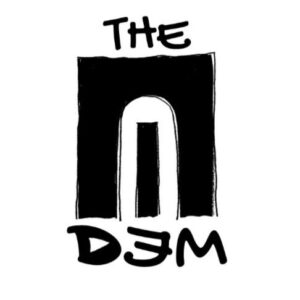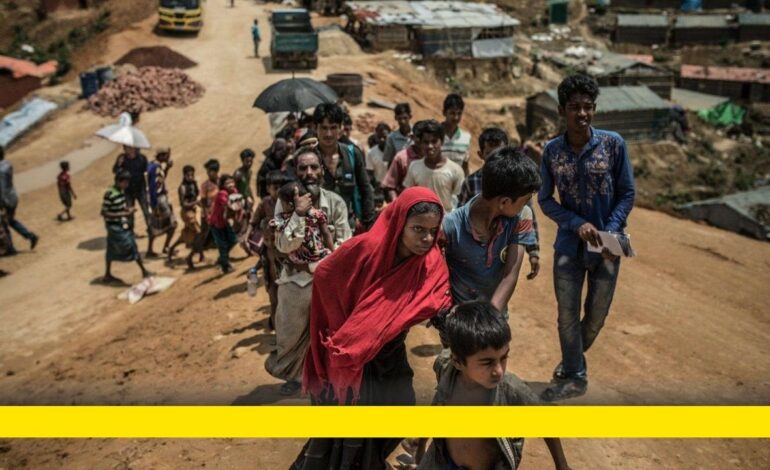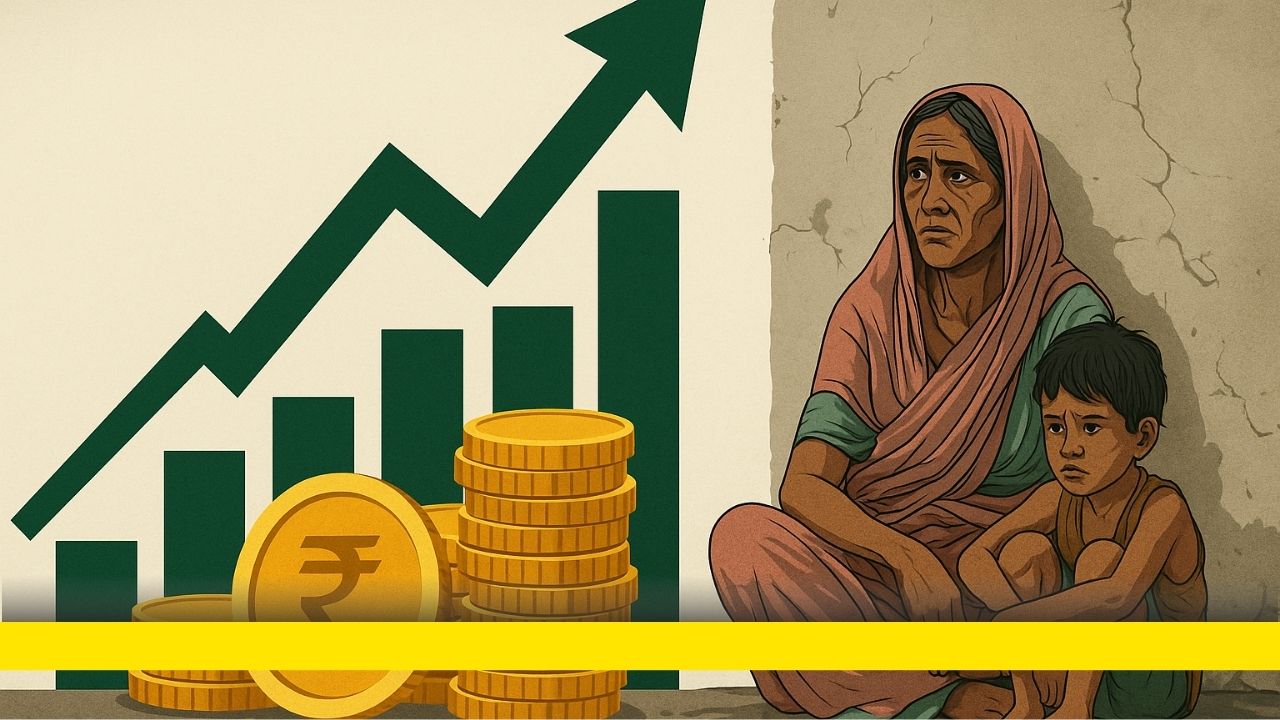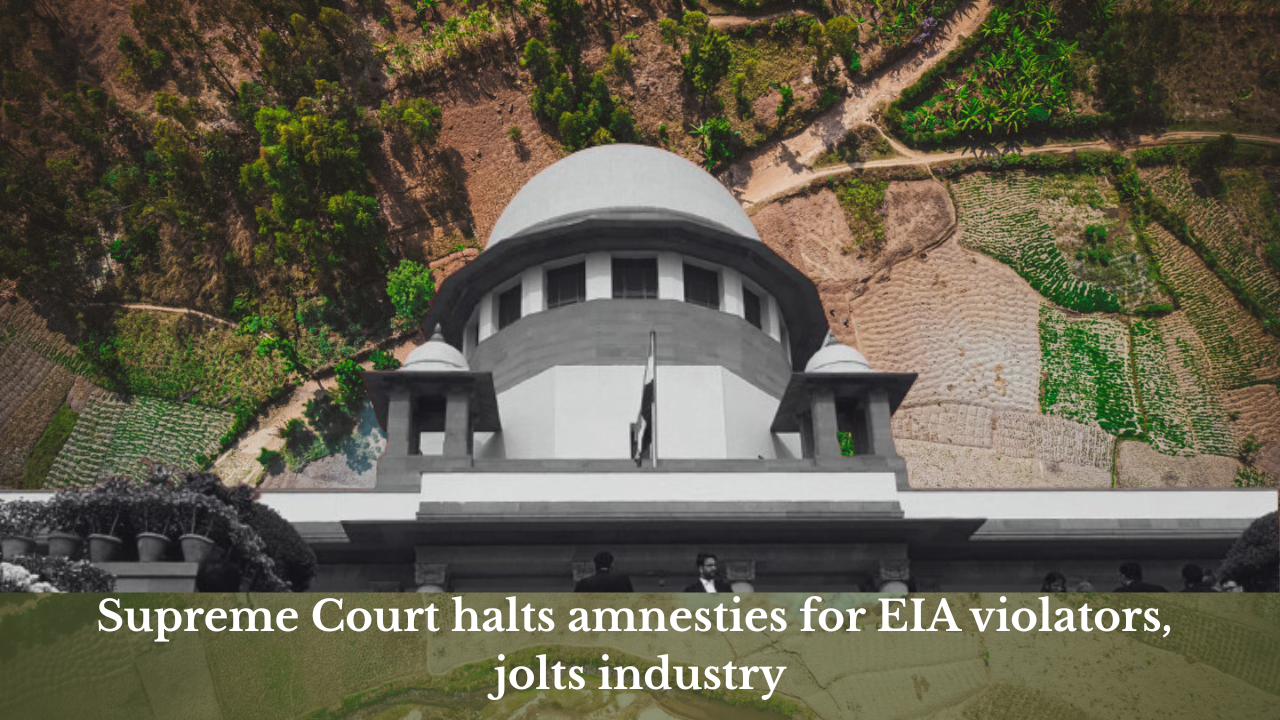Fourth-Largest, Still Half-Hungry: The Myth of a Viksit Bharat
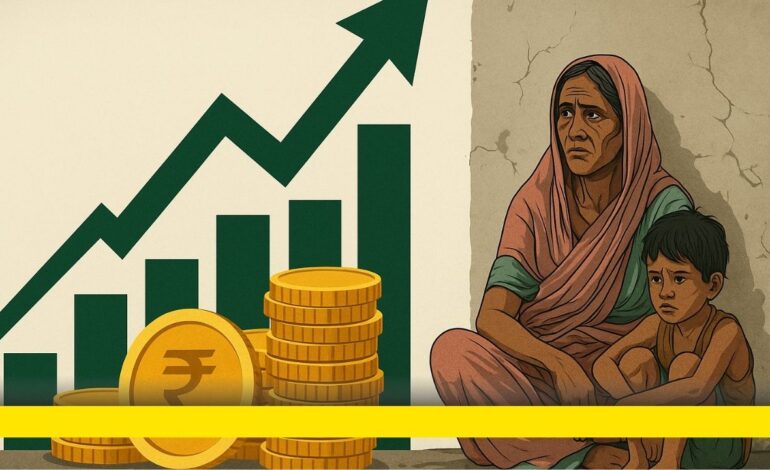
The euphoria generated by the fact that we are now the fourth-largest economy in the world, are on track to become the third-largest in a few years, and aim to be a developed country by 2047, needs a reality check.
No one disputes the fact that we have a Gross Domestic Product (GDP) of $4.2 trillion and may have just edged past Japan. We are expected to overtake the economy of the United Kingdom in the coming years on our way to becoming a $10 trillion economy within the next decade. It is also a fact that we are the fastest-growing major economy in the world, with an average growth rate of 6.4 percent per year. The government has claimed that inflation has come down sharply, although many may dispute this claim.
A World Bank report published earlier this month stated that extreme poverty in the country has declined sharply from 27.1 percent in 2011–12 to 5.3 percent in 2022–23. This decline comes despite the Bank raising the threshold for measuring extreme poverty from an income of $2.15 to $3.00 a day.
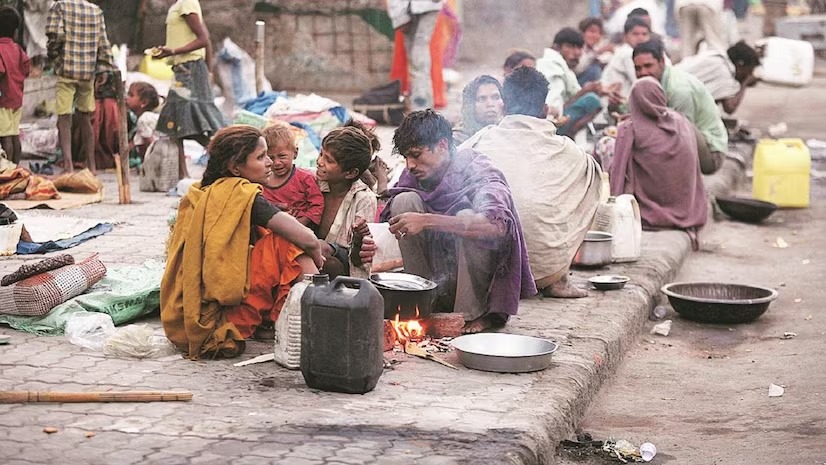
According to the report, under this new criterion, the number of people living below the poverty line dropped from about 344 million to approximately 75 million over the given period. It is indeed true that reports of starvation deaths have become rare, thanks mainly to schemes like MGNREGA. The NITI Aayog recently released a report estimating that multidimensional poverty has also declined sharply—from 55.34 percent in 2005–06 to 14.96 percent in 2019–21.
These figures are impressive, and the government has been thumping its chest over its achievements. But we still have a long, long way to go to truly become a developed nation.
Several challenges—both internal and external—will test our resolve to achieve the goal of a “Viksit Bharat” by the centenary of our independence. Even as we celebrate being the fourth-largest economy and the fastest-growing one, the uncomfortable reality is that more than half of our population—about 80 crore people—still rely on free or subsidised rations provided by the government. While this is a necessary welfare measure, no country aspiring to be developed can take pride in the fact that over half its citizens are dependent on government doles.
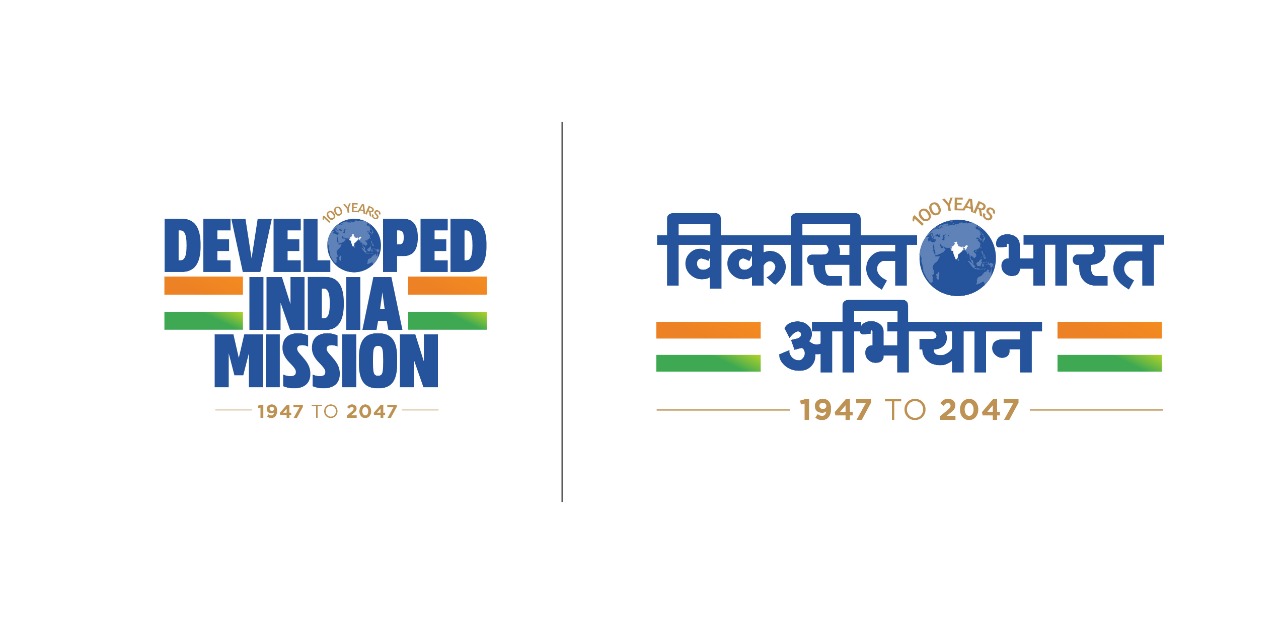
Evidently, there is a lack of adequate effort to reduce the number of citizens who are forced to rely on government support for basic sustenance. A recent report pointed out that the demand for jobs under MGNREGA is increasing, particularly in urban areas. This reflects the growing inability of the economy to generate sufficient employment, pushing people toward minimum-wage government jobs. There are other worrying indicators. A recent study showed that the country’s agricultural workforce is now older than its non-agricultural counterpart, indicating that younger men are abandoning agriculture and migrating to towns and cities in search of jobs—mostly in vain.
The rising unemployment rate is fueling frustration among the youth. Manufacturing growth is even slower than agricultural growth, which partially explains the high levels of joblessness. We remain far behind developed nations in nearly all fundamental indicators. Basic services like healthcare, hygiene, primary education, civic amenities, clean drinking water, and adequate energy supply remain elusive for millions. Adding to these challenges is the increasingly divisive public discourse cantered around Hindu-Muslim relations and caste-based politics, which is slowing down the pace of growth and development needed to become a developed nation.

Other external factors also pose serious concerns—such as global economic uncertainty exacerbated by the policies of leaders like former U.S. President Donald Trump, and ongoing tensions with our hostile neighbour, Pakistan. These can deter investment and significantly increase defence expenditure. We must also remember that an average growth rate of 6.5 percent is not sufficient to achieve the status of a developed nation by 2047. Countries like China, Japan, and South Korea that have achieved this status maintained consistent growth rates of over 8 percent to get there.
Lastly, we must temper our euphoria about being the fourth-largest economy with a sobering comparison: the United States, the largest economy in the world, has a GDP of over $30 trillion. China, the second-largest, stands at around $19.23 trillion. In contrast, our GDP of $4.2 trillion shows that we still have a long way to go.
This article was also published in Punjab Today News and can be read here,
